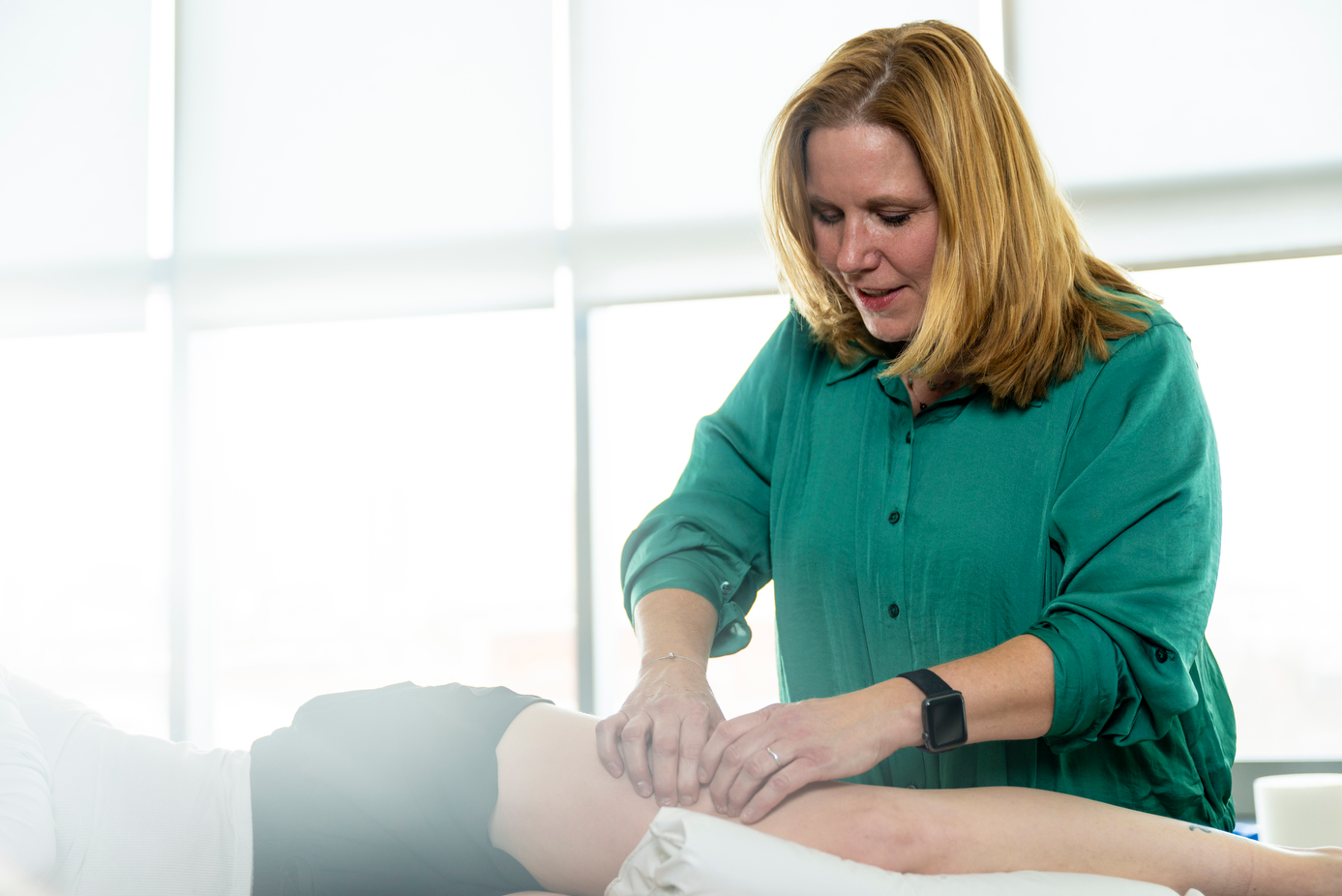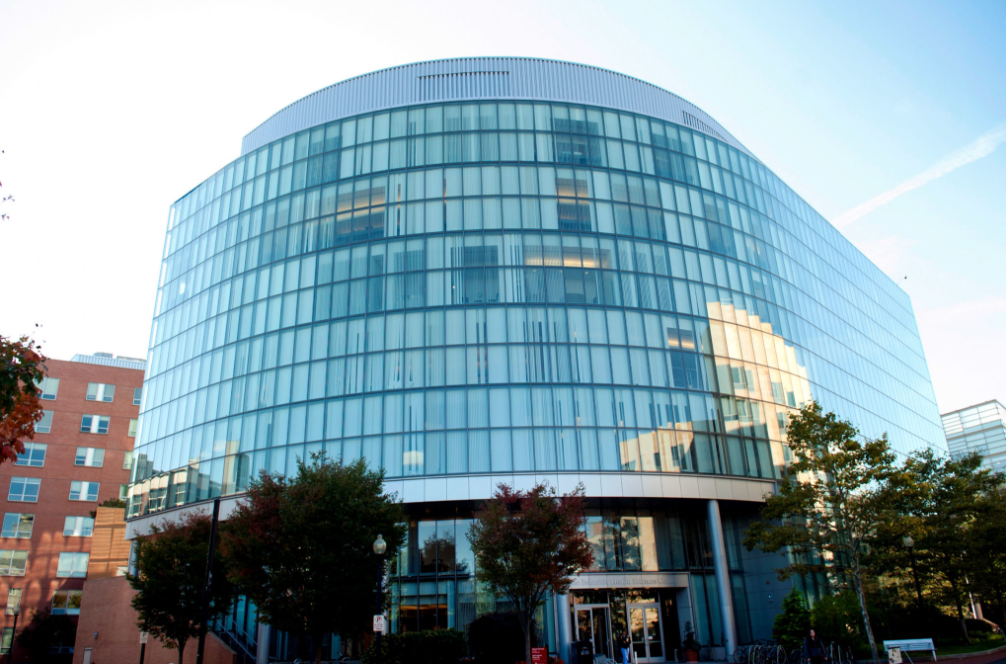If you’re in pain or experiencing pain or limited mobility, you may suspect a problem with your muscles or joints.
What if the problem lies elsewhere, in your fascia?
Health practitioners including physical therapists, chiropractors and massage therapists increasingly are paying therapeutic attention to this long-overlooked part of the bodily system.
As well they should, says Maureen Watkins, associate clinical professor in Northeastern’s Department of Physical Therapy, Movement and Rehabilitation Sciences.
“Fascia is basically a thin layer of connective tissue that separates muscles and organs from other structures” and keeps things moving smoothly by reducing internal friction, says Watkins, who holds both physical therapy and massage licenses.
Continue reading at Northeastern Global News.





